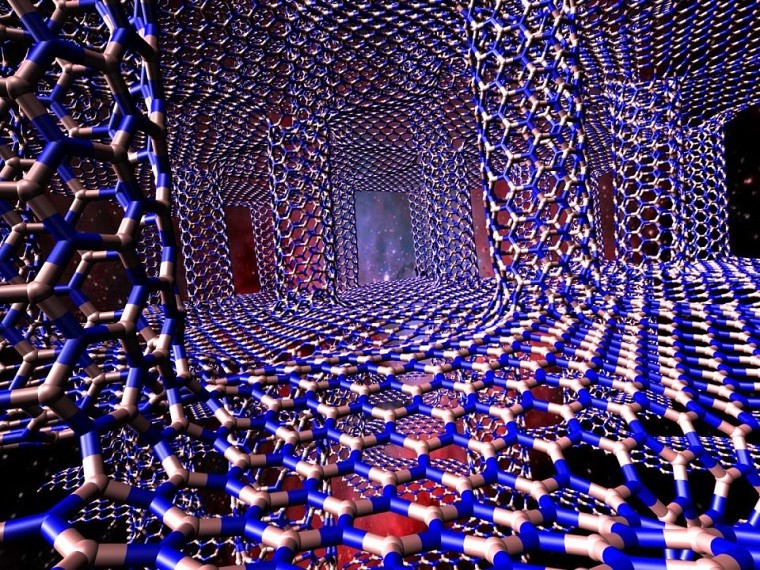Researchers have announced they’ve discovered a new way to create a heat-dispersing material that could be used inside of our electronics to make them cooler and more efficient.

Newly-discovered 2D materials, seem poised to revolutionize entire industries. While graphene is the poster boy for this entire category, thanks to its almost magical strength, conductivity and endless potential, other materials are oftentimes equally impressive.
And that’s exactly what researchers at Rice University have discovered, when they created a new type of material out of Boron Nitride nanotubes (BNNT). Boron Nitride, sometimes called “white graphene” even though it has nothing to do with carbon, can be arranged in 2D lattices that have some remarkable thermal properties.
The material can disperse heat incredibly quickly and efficiently, but unfortunately, that’s only limited in one 2D plane. Heat doesn’t travel well in a layered material, the type you’d need to embed in electronics. But researchers have managed to bridge 2D planes using BNNTs, creating a 3D structure that still has the same remarkable properties.
The use of such materials in our electronics could unleash the true power of the chips and GPUs found inside of them. For example, Qualcomm’s recent overheating Snapdragons wouldn’t have been an issue at all if materials like these were used to cool the devices.
Now, of course, there’s a very long way to go between researchers in a lab proving this material works, to actual companies incorporating it into their devices. So don’t expect your next iPhone to feature nanotubes. That being said, every little step in that direction counts and researchers are getting out closer to that reality.
Source and Image: Applied Materials & Interfaces Via: Eurekalert
















2 Comments - Add comment